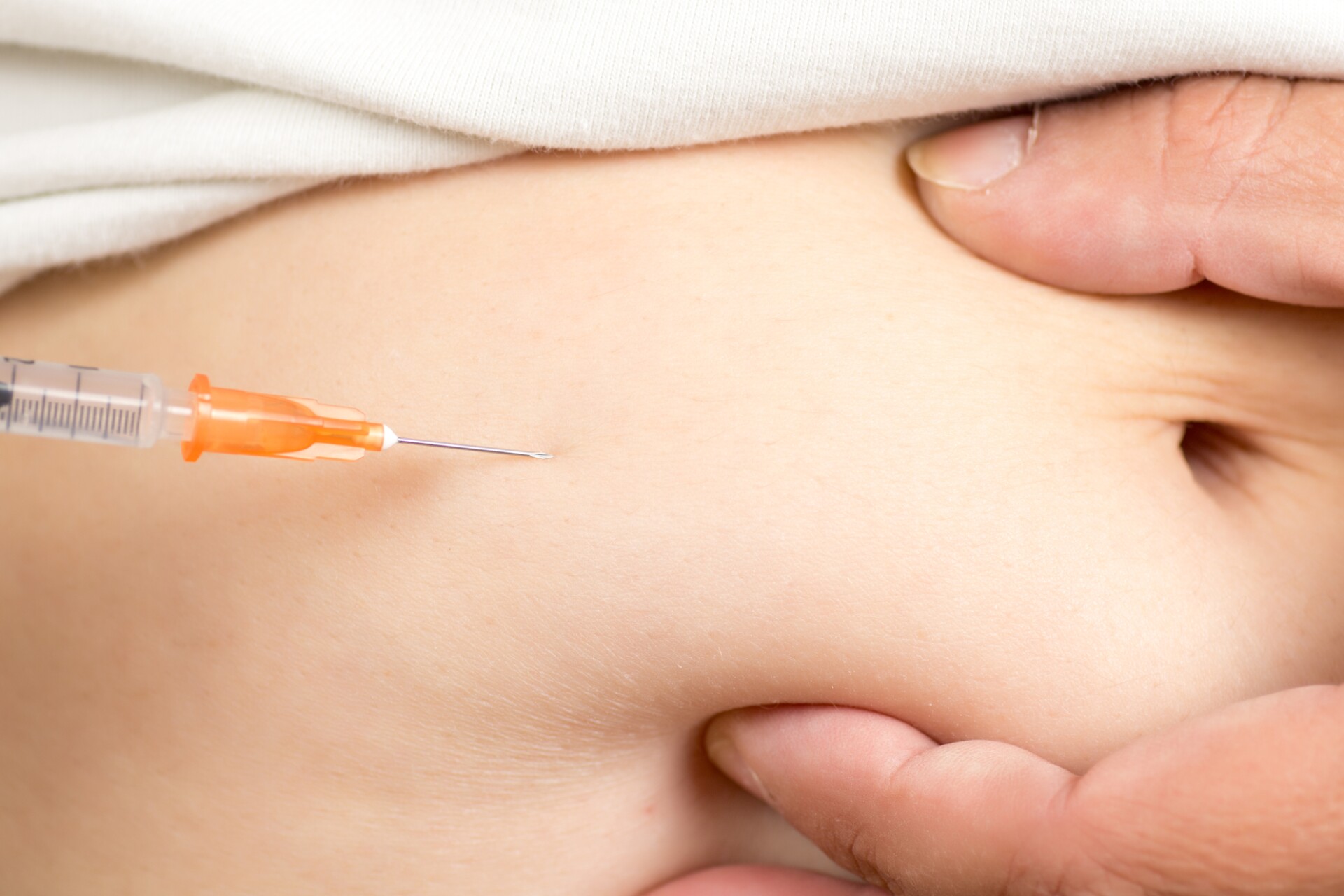Fat melting injections have become a popular non-surgical option for reducing localized fat deposits. However, like any cosmetic procedure, their safety is a significant concern. This article explores the safety of fat melting injections, particularly in the context of Riyadh, by examining the factors that contribute to or detract from their safe administration and outcomes. Fat melting injections in Riyadh offer a non-surgical solution to help you achieve a slimmer, more contoured body with minimal downtime.
Understanding the Procedure and Potential Risks
Fat melting injections, also known as injection lipolysis, involve injecting a solution, often containing deoxycholic acid, into subcutaneous fat. This solution disrupts fat cells, which the body then eliminates. While the procedure can be effective, it's not without risks.

- Common Side Effects: The most common side effects are typically mild and temporary. These include:
- Swelling
- Bruising
- Redness
- Pain or tenderness at the injection site
- Itching
- Less Common Risks: Although less frequent, more serious complications can occur:
- Infection
- Nodules or lumps at the injection site
- Asymmetry or uneven results
- Skin discoloration
- Allergic reactions
- Nerve damage (rare, but possible, especially in areas like the jawline)
- Scarring
Factors Influencing Safety
The safety of fat melting injections depends heavily on several factors:
- Practitioner Qualifications: The most crucial factor is the qualifications and experience of the person performing the injections.
- Qualified Professionals: Injections should only be administered by licensed and trained medical professionals, such as dermatologists or plastic surgeons, with specific expertise in this procedure.
- Training and Certification: Ensure the practitioner has received proper training and certification in administering fat melting injections.
- Experience: Experience matters. Practitioners who have performed many injections are more likely to have refined their technique and know how to handle potential complications.
- Product Safety and Regulations:
- FDA-Approved Products: The safety of the injected substance is paramount. Ideally, the clinic should use FDA-approved products.
- Quality and Source: The source and quality of the injected solution are critical. Reputable clinics use products from trusted manufacturers.
- Regulations in Riyadh: It's essential to consider the regulatory environment in Riyadh. Ensure the clinic adheres to the Ministry of Health regulations and uses approved products.
- Clinic Hygiene and Standards:
- Sterile Environment: The clinic should maintain a sterile environment to minimize the risk of infection.
- Proper Equipment: The use of proper equipment and sterile techniques is essential.
- Hygiene Protocols: The clinic should have strict hygiene protocols in place.
- Patient Selection and Assessment:
- Suitable Candidates: Not everyone is a good candidate for fat melting injections. Practitioners should carefully assess patients to ensure they are suitable for the procedure.
- Medical History: A thorough review of the patient's medical history is necessary to identify any contraindications or potential risks.
- Realistic Expectations: Patients should have realistic expectations about the results and understand the potential risks and side effects.
- Injection Technique:
- Proper Technique: The injection technique is critical for both effectiveness and safety. Injections must be administered at the correct depth and in the appropriate amount.
- Anatomical Knowledge: The practitioner must have a thorough understanding of facial and body anatomy to avoid damaging nerves, blood vessels, or other structures.
Minimizing Risks and Ensuring Safety
To minimize the risks associated with fat melting injections and ensure the procedure is as safe as possible, consider the following:
- Choose a Reputable Clinic: Select a well-established clinic in Riyadh with a strong reputation for safety and quality care.
- Verify Credentials: Verify the credentials and experience of the practitioner who will be performing the injections.
- Ask Questions: Don't hesitate to ask questions about the practitioner's qualifications, the products used, and the clinic's safety protocols.
- Follow Aftercare Instructions: Adhere to all post-treatment instructions provided by the practitioner to minimize the risk of complications and promote healing.
- Report Any Concerns: Immediately report any unusual symptoms or concerns to your practitioner.
Conclusion
Fat melting injections can be a safe and effective treatment for reducing localized fat when performed by a qualified and experienced practitioner in a reputable clinic that adheres to strict safety standards. However, like all cosmetic procedures, they carry inherent risks. By carefully considering the factors discussed above and taking the necessary precautions, individuals in Riyadh can significantly minimize these risks and make informed decisions about their treatment.




Comments